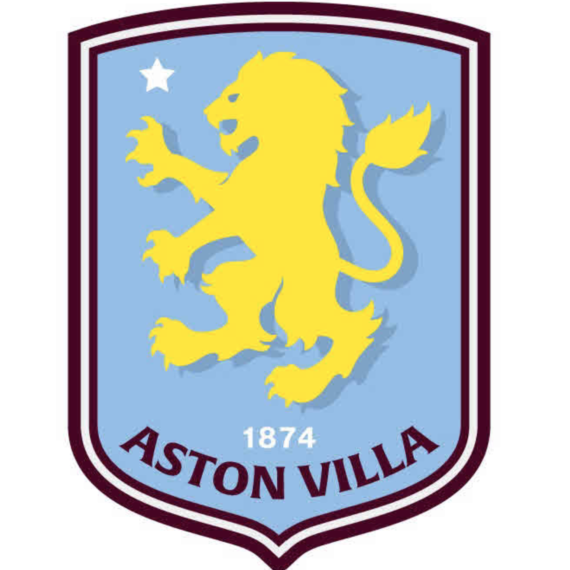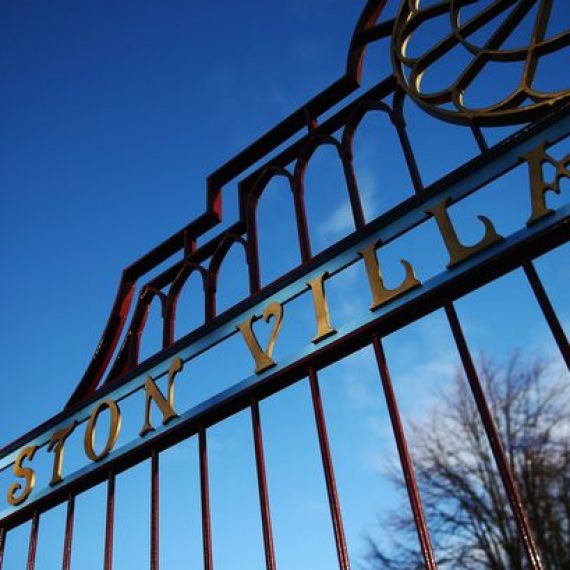Earlier in the month, the financial statements for Reform Acquisitions Ltd (the holding company for Aston Villa Football Club) were published. There was much local and national media coverage at the time.
The press have highlighted the key figure at a £27m loss, further depleting the capital position of the company. Although Hollis has recently commented that we will have one of the strongest balance sheets, such ongoing losses will soon deteriorate that position. With share capital at £315m, combined losses amount to £(248)m leaving only a net asset position of £67m. This can be quickly eroded if losses are again reported for the year to May 2016 and then for the forthcoming year in the Championship to May 2017.
We do not intend to dwell on the headline figures, or the salary of the now departed Tom Fox. Only a few press outlets have focused on the key issue in this set of accounts: the salary percentage to turnover has increased to an unsustainable level again.
Within the increase of £16m in operating expenses, there were £14m extra staff costs. This has driven the accounts from an operating profit of £8m in 2014 to a loss of £(10)m at roughly the same turnover. Previously Paul Faulkner and Robin Russell (former CEO & CFO respectively) had said that we were back in a sustainable position with salary at 59%; now, we are back in a unsustainable position at 72% salary to turnover. {Deloitte’s football surveys have always stated that the 60-70% band as the position where it becomes unsustainable}.
In any business, cash is king, and again this increase in staff costs have caused the £15m worse cash flow position meaning that we had operating cash outflow of £(2)m (compared to cash inflow of £13m in the prior year). This has meant that investment in capital and player acquisitions could not be made from operating cash surpluses – again unsustainable – relying on owner financing and borrowing..
In the year, £85m of loan monies were converted to Share Capital by Randy Lerner, thereby reducing the borrowed money in the balance sheet and reducing interest costs. An additional £7m was injected by the owner to buy shares and the capital base has now reached £315m, albeit that the accumulated losses of £248m reduce the net assets to £67m as mentioned above. There is relatively little external borrowing although the company was using most of its overdraft facility at year end.
You would have to be very optimistic to believe that the financial year to end 31 May 2016 will show an improved position and may indeed be much worse with Sherwood’s termination and restructuring costs including the changes in the Board (although we should see some profit from the disposals of Benteke and Delph). Since the end of the 2015 financial year, player purchases have cost £57m whilst sales generated £41m. We understand that the owner has injected further funds to cover the shortfall.
It is against this background that the expected relegation from the Premier League, and our missing out on its soon to be greatly increased riches, must be viewed. We trust that this will not pose a major problem for the future direction of this Club and its owner, however, it would appear that austerity is almost certain to reign.



